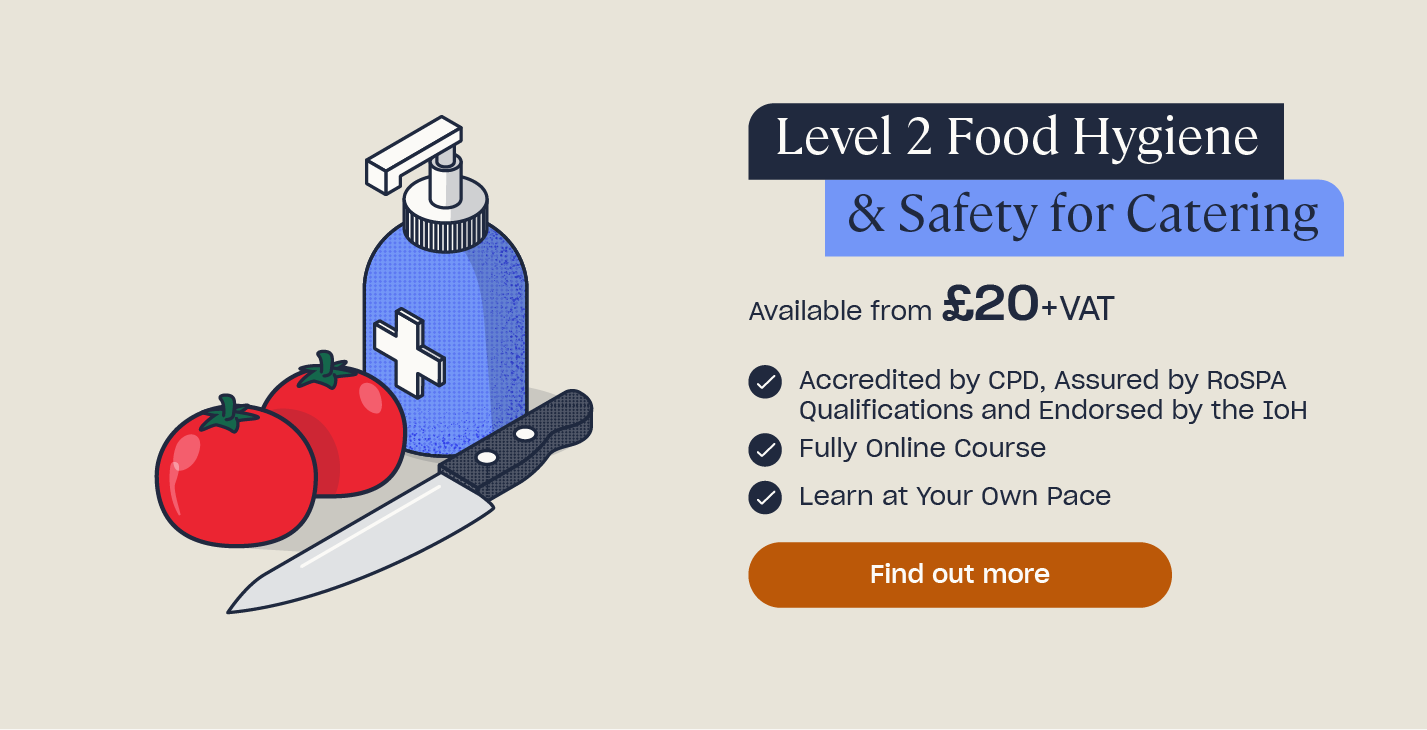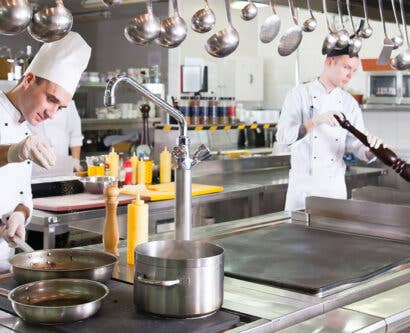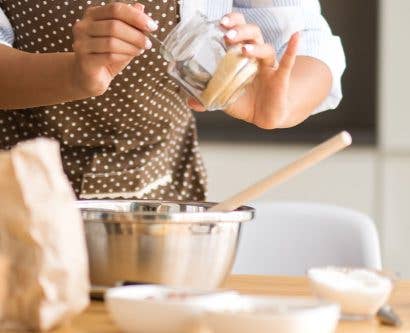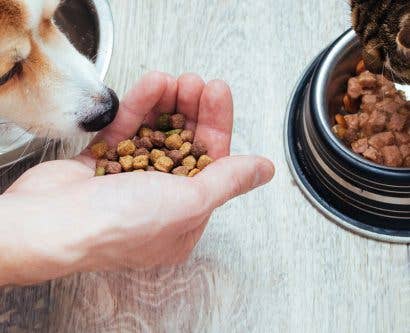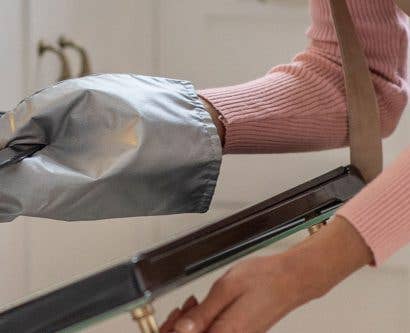Cake Decorations: Which Flowers are Edible?
More than just a means to brighten up an empty corner, flowers continue to be a much loved decoration for cakemakers the world over. Showstopping multi-tiered cakes adorned with bouquets of different flora and fauna have not only taken over the Pinterest boards of many a budding bride and groom, they have also become a mainstay of Instagram, TikTok and even TV. Floral cakes of any kind, be it wedding, birthday or other celebratory occasion, continue to be incredibly popular. However, whilst flowers are an undeniably beautiful means to decorate a cake, they are not always as harmless as they may appear and some flowers can range from mildly toxic to life threatening to consume.
In this article we will outline the difference between edible and toxic flowers and provide you with a free downloadable poster that details examples of both. We will also provide guidance on which flowers and greenery are safe for consumption and cake decoration.
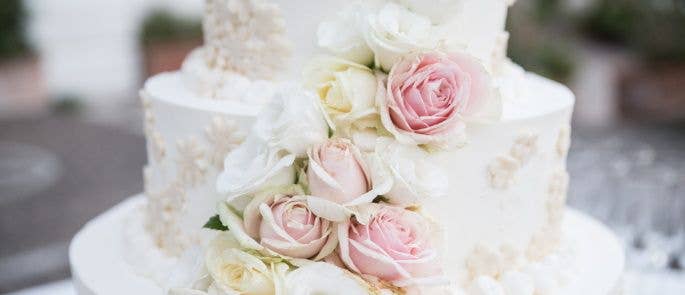
Is it Safe to Decorate a Cake with Fresh Flowers?
In short; it depends. Flowers are a fun and creative way to add vibrancy and colour to cakes. They are an easy and relatively inexpensive way to elevate a cake and make them stand out. However, not all flowers are edible and some are even highly toxic if ingested which can cause serious harm.
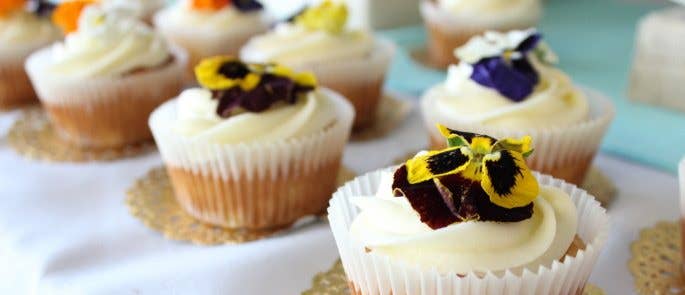
When discussing edible flowers there are a lot of terms that may be used interchangeably but with little explanation of the difference. It’s important that you understand these terms so that you only use flowers which are safe to consume. These terms include:
- Edible – this means that the item is safe to eat and that your body can digest it.
- Non-edible – this means that the item is not fit for consumption and that your body will not digest it. Non-edible items are not necessarily harmful to consume but may cause stomach problems as the body will not be able to digest them.
- Toxic – this means that the item is poisonous and will be harmful if ingested.
- Non-toxic – this means that the item is not poisonous, but not necessarily safe to eat.
You may also notice the terms ‘poisonous’ and ‘toxic’ being used interchangeably. A poison is a substance that causes harm to a living thing if a large enough quantity is absorbed, inhaled or ingested. In science, a toxin is often considered to be a specific type of poison, namely a poisonous substance produced within living cells or organisms. Both terms relate to substances that can cause harm and the main difference in the two is how the substance enters the body.
Which Flowers are Toxic?
Many flowers and plants are toxic and not safe for human consumption. These include:
- Daffodils
- Poppies
- Bluebells
- Foxglove
- Oleander
- Clematis
- Rhododendron
- Hydrangea
- Lily-of-the-Valley
- Buttercup
- Autumn Crocus
- Hyacinth
- Hemlock
- Ivy
- Mistletoe
- Poinsettia
- Deadly Nightshade
- Yew
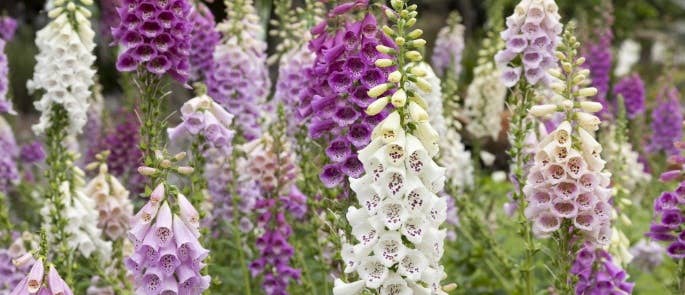
Remember, different parts of a plant can be poisonous. For example, whilst all parts of a Rhododendron are poisonous, only the leaves of Foxglove are poisonous. This is not to say that you can necessarily use the non-poisonous parts of a plant, however it does highlight how caution should be exercised at all times when working with flowers.
The list above is by no means exhaustive and there are numerous other plants and flowers that are toxic and harmful to ingest. It’s highly unlikely that you will be able to remember every single toxic flower but it’s important that you have a reference guide or do additional research to double check that the foliage you have picked is safe. Our free downloadable poster can act as a quick reference that you can check, before using flowers in your cake decoration.
List of Edible Flowers for Cakes
Whilst it is important to exercise caution and be vigilant of the flowers that you use, that is not to say that all flowers are toxic. Many flowers are perfectly edible and safe to eat and can easily be used to add a burst of colour and elevate cake decoration. These flowers include:
- Hibiscus
- Pansies
- Lilac
- Lavender
- Rose
- Calendula
- Dahlia
- Violas
- Borage
- Chives
- Courgette flowers
- Nasturtium
- Sweet Violet
- Sunflower
- Elderflower
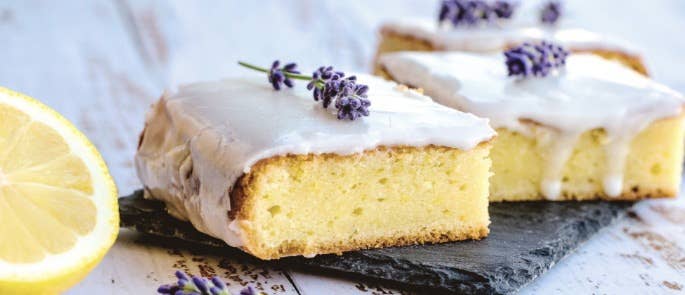
This list is not exhaustive and there are a wide variety of edible flowers that are non-toxic and safe to consume. The flowers listed above are safe for human consumption, however in some instances it is only the petals that are in fact edible meaning they will need to be removed individually. As such, it’s important that you take the time to research if any parts of the flower you are using are not edible so that you can remove them and avoid adding any bitter tasting stems to your cake. However, if you only plan on using the flowers for decoration and they won’t be eaten, you don’t necessarily need to worry about this.
List of Food Safe Greenery for Cakes
Greenery is another great way to decorate your cakes and add a natural rustic charm. It should be noted that whilst a lot of greenery is non-toxic, it should ideally be removed before consumption. Whilst not toxic, greenery can often be quite tough and bitter tasting, potentially creating an unpleasant contrast with the delicate sweetness of your cake.
Examples of food safe greenery for cakes include:
- Borage
- Clover
- Thyme
- Rosemary
- Bay
- Olive Leaves
When using greenery to decorate cakes the safest option is often to use herbs. Herbs add the same rustic charm and whilst they are not all necessarily edible, the vast majority are non-toxic offering you a wide variety of options. For example, Thyme has a delicate citrusy flavour that makes it a great addition to summer cakes. Comparatively, Rosemary has a robust earthiness and lovely deep green colour which works well with cakes in winter. When using herbs it’s important to consider their longevity as soft herbs such as parsley and mint tend to wilt quickly and so may not work for celebrations where cakes will be on display for extended periods, such as a wedding cake.
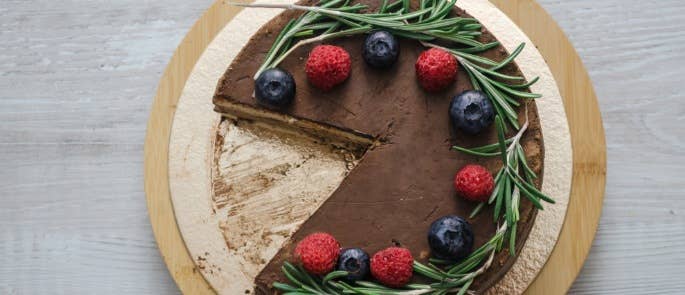
You may well see eucalyptus used for decoration and it’s common to see this online. However, eucalyptus is not food safe and will cause harm if ingested. It therefore shouldn’t be used for decoration, even if you plan on taking it off before the cake is eaten.
Safety Tips for Using Edible Decoration Flowers
When using edible flowers there are certain things you should always be mindful of. First and foremost, it’s vital that you do your research and check whether the flower or greenery that you have in mind is non-toxic. It’s always safer to not use flowers or greenery as a form of decoration, however if you want to, thorough research is integral to ensuring you keep people safe. Even if you do not intend to eat the flower or greenery, you need to know if it is toxic in any way as contact alone may be enough to cause harm.
Once you have done your research and found safe, non-toxic plants to use, you should aim to source organically grown flowers. Flowers that are grown organically are better for the environment as they do not use harmful pesticides. These pesticides can also harm humans as they are chemical hazards which can cause serious harm if ingested. If you cannot source pesticide-free flowers then you must ensure that they’ve been washed thoroughly before they come into contact with food.
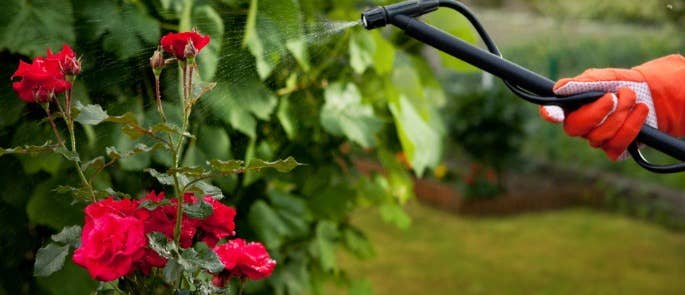
FSA Guidance
In 2024 it was announced that the Food Standards Agency (FSA) would be updating their guidance on which flowers can and cannot be used on cakes. As of August 2025 this new guidance has not been published and there is limited information available as to what the changes will entail. Some have speculated that the new rules will entirely prohibit the use of certain flowers on cakes, where in the past they have been allowed as long as there is some kind of barrier between the cake and the flower. However, as the guidance has not been published we cannot say definitely what the new legislation will look like.
Once the new guidance has been published you can check back here for the changes.
Using flowers to decorate cakes is an age-old favourite. They add a delicate burst of colour that can suit any season, any theme and any flavour. Whilst some flowers can be harmful, it’s not all doom and gloom and there are plenty of safe, edible flowers that you can use to adorn your masterful creations.
Further Resources:
- Level 2 Food Hygiene & Safety for Catering
- Do I Need a Food Hygiene Certificate for Home Baking?
- Food Packaging Materials: Regulations & Different Types
- How to Start a Cupcake Business
- Guidance on Food Additives Legislation for the UK and EU
- Selling Cakes from Home: Do I Need a Food Hygiene Certificate?


